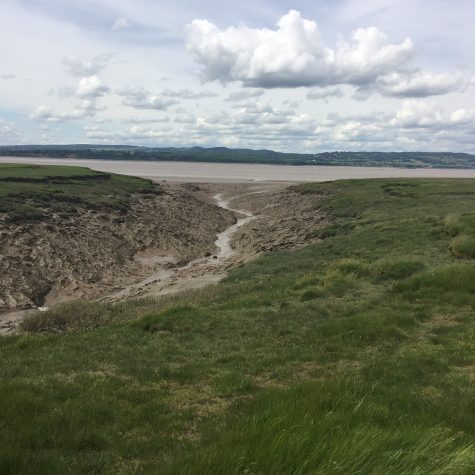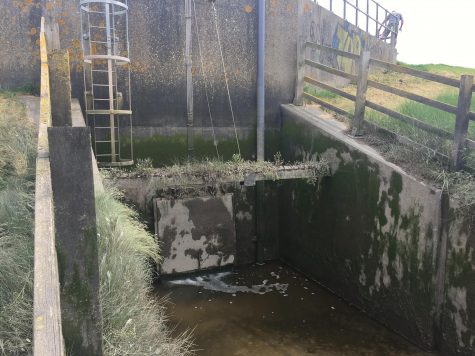BART are investigating the migratory passage of European eels in the Lower Severn Vales as part of the Forgotten Landscape Project. We are aiming to assess the success of eel passability into the project area by looking at where eel passage is detrimentally affected by the presence of barriers and establishing the priority barriers for more detailed fish passage investigations.

The European eel (A.anguilla) has recently been classified as ‘critically endangered’ on the IUCN red list after populations have declined by 90-95% since the 1970s (IUCN, 2014). This decline is in spite of their extensive ecological and socio-economic importance, with approximately 25,000 people generating income from eel fisheries and aquaculture in Europe alone during the 1990s (Moriarty & Dekker 1997). Multiple factors have contributed to the decline including the exploitation and trade of glass, yellow and silver eels, habitat loss, pollutants, parasites, disease and predation. Once in freshwater, hydraulic schemes constitute a physical barrier to free upstream and lateral migration and, unless alterations for passage are considered, limit the areas where eels are present, as well as their densities.
European eels have a fascinating life history that sees them migrate from the Sargasso Sea near Bermuda to European freshwaters and back again. They begin their lives on the far side of the Atlantic as eggs and drift towards Europe with the Gulf Stream, hatching into leaf-shaped larvae as they travel. When they arrive in Europe they transform into the transparent fish known as glass eels, taking on the recognisable cylindrical shape before making their way into freshwater through estuaries and rivers. Having completed 7,000 kilometres of their migration, eels darken in colour and become known as elvers and attempt to migrate upstream where they can remain for more than 20 years. During this time the “yellow eels” will feed on invertebrates and fish until they are ready to reproduce and migrate back to the sea as silver eels to spawn. It has been noted that larger eels are more effective swimmers and better suited to traversing barriers such as weirs and dams in both directions so their ability to find food and suitable habitat on UK rivers is crucial for their spawning success.
It is important to recognise the physical barriers to eel passage because they must be able to swim upstream to feed and grow for a significant part of their lives before they are able to make the long journey back to their spawning grounds. There are many natural and human-made structures that can prevent eels (and other fish) from migrating. These include: tidal gates, dams, weirs, barrages and sluice gates. Eels and elvers are robust creatures and are able to travel along damp surfaces to reach a water course, however the barriers are often too steep, the water too fast flowing or surface too smooth for them to negotiate. This initial research will identify the presence of these barriers and establish the priority barriers for more detailed fish passage investigations and the available options to enable more successful eel migration (downstream and upstream) in the Severn Vale.







